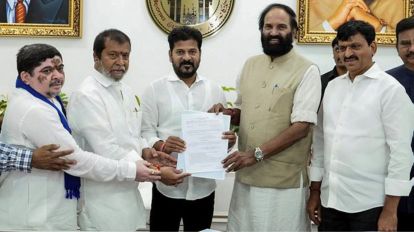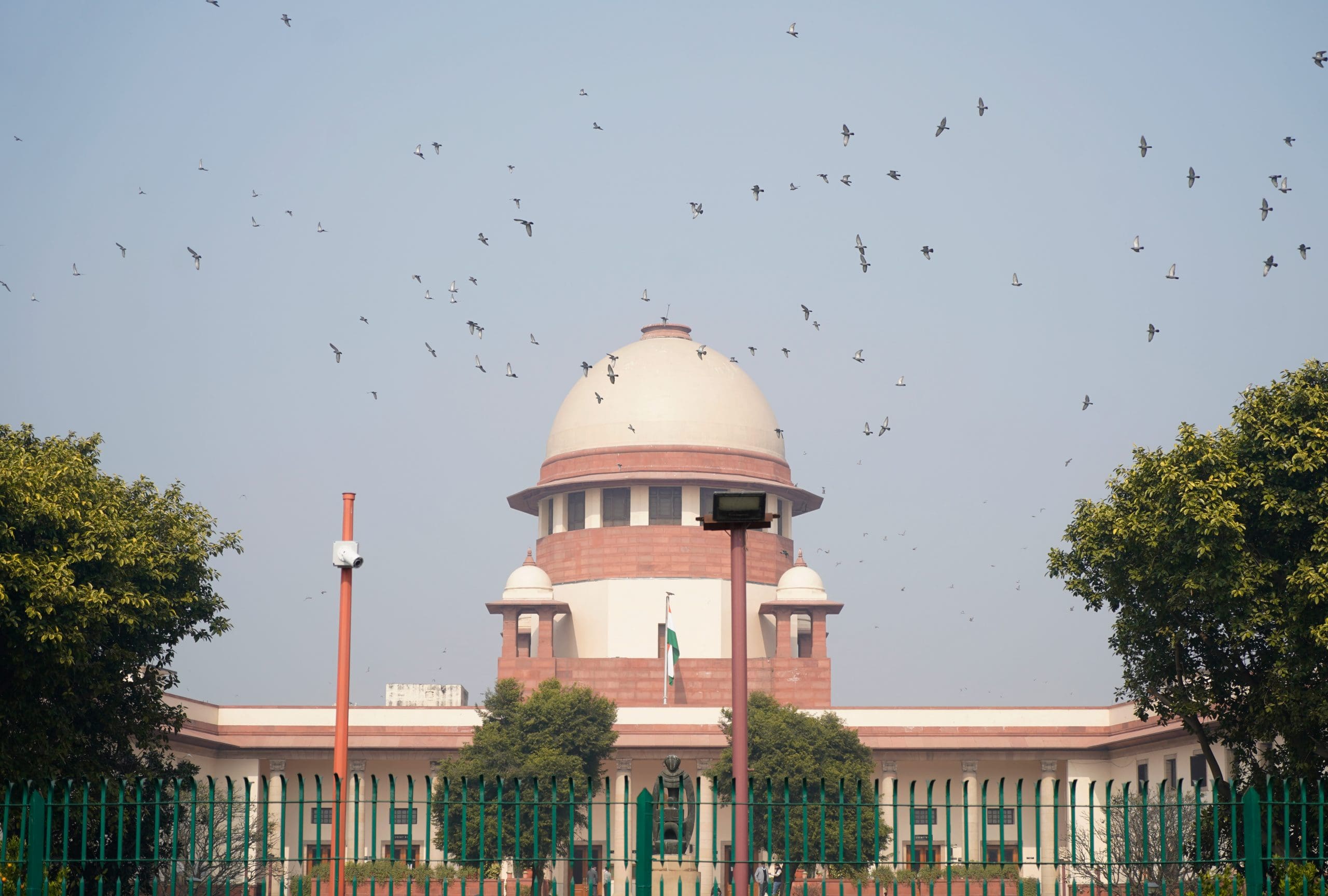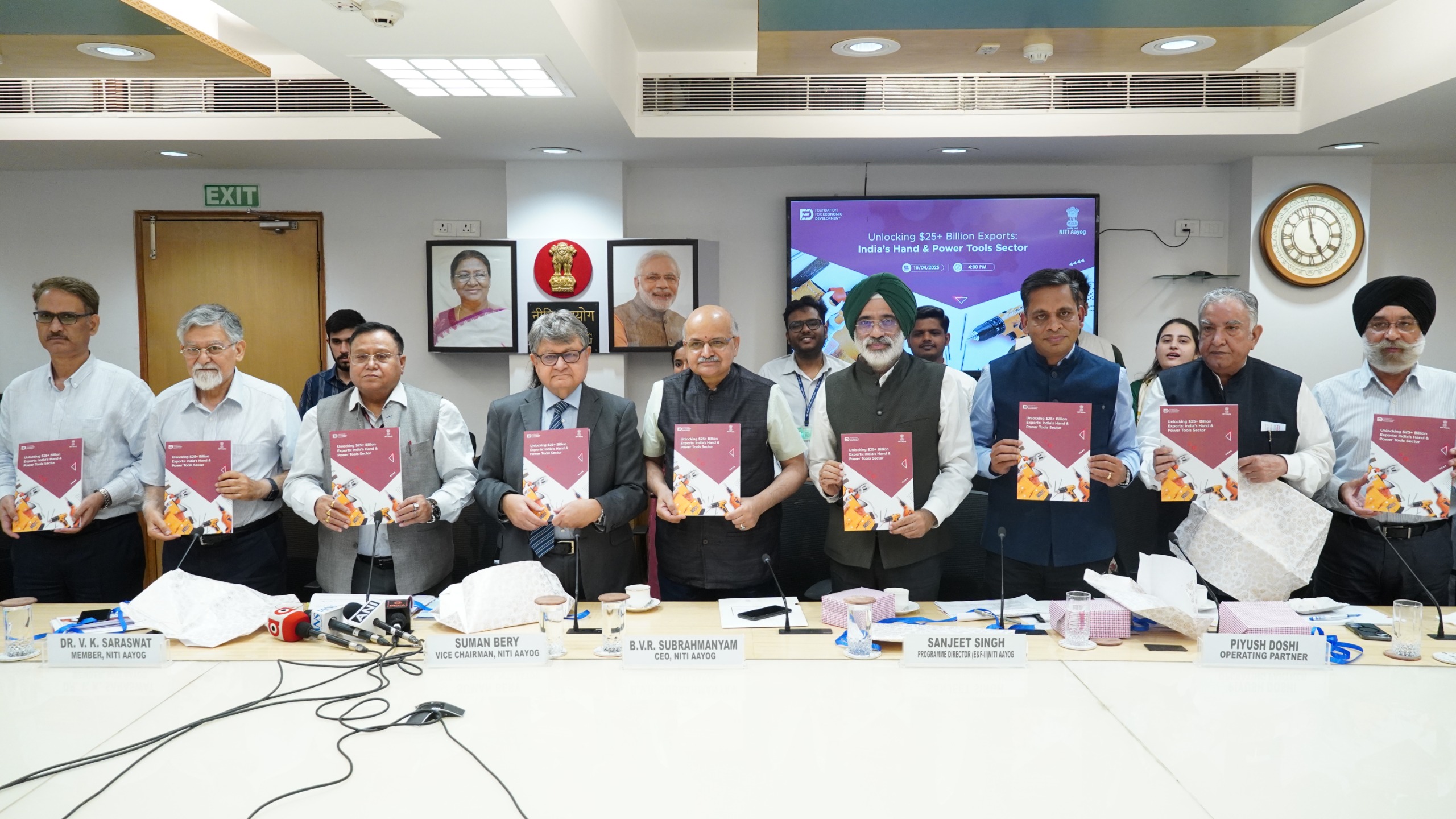- Courses
- ABOUT US
- OUR TOPPERS
- TEST SERIES
- FREE STUDY MATERIAL
- VIDEOS
- CONTACT US
CITIZENSHIP AMENDMENT ACT 2019
CITIZENSHIP AMENDMENT ACT 2019

The Centre has simplified the process of obtaining Indian citizenship for certain communities from Pakistan, Bangladesh, and Afghanistan through the Citizenship (Amendment) Act, 2019 (CAA).
Eligibility Criteria:
- Individuals belonging to Hindu, Sikh, Buddhist, Jain, Parsi or Christian communities from the mentioned countries, who entered India before December 31, 2014, are eligible.
- The Act creates an exception for Hindus, Sikhs, Buddhists, Jains, Parsis and Christians from Afghanistan, Bangladesh and Pakistan, with regard to this qualification. For these groups of persons, the 11 years requirement will be reduced to 5 years.
- A valid passport or visa from these countries is no longer required.
- Any document proving ancestry from these countries is sufficient, including certificates issued by elected local body members.
Implications:
- This could benefit thousands of non-Muslim immigrants who are living in India illegally or on long-term visas.
- Home Ministe called it a step towards fulfilling the constitutional promise to oppressed minorities.
Controversies:
- The CAA and the proposed National Register of Citizens (NRC) triggered protests across the country, which were considered discriminatory against Muslims.
Changes in Evidence Requirements:
|
The government has also removed the requirement of submitting a certificate from an educational institution that the applicant knows one of the languages mentioned in the 8th Schedule of the Constitution. Now, declaring this intention and being able to speak the language would be enough.
|
Earlier, citizenship applications were made to the district collector, who is under the administrative control of the state government. The new rules provide for an empowered committee and a district level committee to be instituted by the Centre for receiving and processing the applications, which are to be submitted electronically. |
Changes in Procedures:
- The process has been centralised, reducing the involvement of state governments.
- Applications are now submitted electronically to empowered committees headed by Central Government officials.
Committee Structure:
- The empowered committees include representatives from intelligence agencies, post offices and railways.
- District level committees headed by senior officials monitor the process at the local level.
Scrutiny and Granting of Citizenship:
- Empowered committees conduct inquiries, including security checks, before granting citizenship.
- Successful applicants receive digital certificates signed by the Chairman of the Empowered Committee.
|
Citizenship Amendment Act 2019 |

- Originally citizenship act 1955 provided 5 ways (birth, descent, registration, naturalization and by incorporation of the territory) to acquire Indian citizenship.
- According to the original Act, an illegal migrant was prohibited from acquiring Indian citizenship. An illegal migrant is a foreigner who either enters India illegally, i.e., without valid travel documents, like a visa and passport, or enters India legally, but stays beyond the time period permitted in their travel documents. An illegal migrant can be prosecuted in India and deported back to their country or imprisoned.
- But people coming from A.B.P. (Afghanistan, Bangladesh and Pakistan) were demanding Indian citizenship because they were being exploited in their countries. And it is India's civilization duty to protect such people who were prosecuted in those countries. Therefore the Indian government exempted a certain group of people (earlier they were called illegal migrants) from being deported back to their country or imprisoned. Government allowed that if illegal migrants are from A.B.P. (Afghanistan, Bangladesh and Pakistan) and if they are from Hindu, Sikh, Buddhist, Jain, Parsi, or Christian religious communities and if they enter into India before 31st dec, 2014 then they will not be deported back to their country or imprisoned and will not be treated as illegal migrants.
- They will also be exempted from Passport Act 1920 and Foreigner Act 1946. Passport act requires foreigners to carry passports and Foreigner act 1946 regulates entry and departure of foreigners in India. After this amendment, now these particular foreigners will be free from the above condition.
- The Act creates an exception for Hindus, Sikhs, Buddhists, Jains, Parsis and Christians from Afghanistan, Bangladesh and Pakistan, with regard to this qualification. For these groups of persons, the 11 years requirement will be reduced to 5 years.
- On acquiring citizenship: (i) such persons will be deemed to be citizens of India from the date of their entry into India, and (ii) all legal proceedings against them in respect of their illegal migration or citizenship will be closed.
- This new Act for giving Indian citizenship to some people who came without proper papers (called illegal migrants) doesn't apply to certain parts of Assam, Meghalaya, Mizoram, and Tripura mentioned in 6th schedule. Also, areas under the "Inner Line" system are not included. This means that even Indian citizens need a special permit to go there. Right now, Arunachal Pradesh, Mizoram, Nagaland, and Manipur use this ILP (Inner Line Permit).
Different Scenario in Assam:
- Assam witnessed large-scale illegal migration from erstwhile East Pakistan and, after 1971, from present-day Bangladesh.
- This led to the 6-year-long Assam movement from 1979 to 1985. The All-Assam Students' Union (AASU) demanded the updating of the NRC and deporting illegal migrants back to Bangladesh who had entered Assam after 1951.
- The Assam Movement against illegal immigration eventually led to the historic Assam Accord of 1985, signed by the Movement leaders and the Rajiv Gandhi government.
- It set March 25, 1971, as the cut-off date for the deportation of illegal migrants.
- Since the cut-off date prescribed under articles 5 and 6 of the Constitution was July 19, 1949 - to give force to the new date, an amendment was made to the Citizenship Act, 1955, and a new section (6A) was introduced.
Section 6a Applicable Only To Assam:
- All persons of Indian origin (PIO) who entered Assam before January 1, 1966 and have been Ordinary Resident of India (ORI) will be deemed Indian citizens.
- Those who came after 1 January, 1966 but before March 25, 1971, and have been Ordinary Resident of India (ORI) will get citizenship at the expiry of 10 years from their detection as a foreigner.
- During this interim period, they will not have the right to vote but can get an Indian passport.
- In Assam Sanmilita Mahasangha (2014) where the constitutionality of the 1986 amendment was challenged, (the Mahasangha argues that the cut-off year for Assam should be 1951 instead of 1971), the court referred the matter to the Constitution Bench to examine whether Section 6A is constitutional though it prescribes a different cut-off date for Assam (1971) from the one prescribed in the Constitution for the rest of the country (1949).
- A 5-judge Bench of the Supreme Court is yet to examine the constitutionality of Section 6A under which the current NRC has been prepared.
Concerns About the New Citizenship Act:
- The Assam Accord said that anyone who came to Assam from Bangladesh after March 25, 1971, would be deported back to their countries, no matter their religion. But the new Act allows 6 specified religious minorities (Hindus, Sikhs, Buddhists, Jains, Parsis, Christians) from Afghanistan, Bangladesh, and Pakistan who came before December 31, 2014, to stay and become Indian citizens. Critics say this doesn't match with the Assam Accord.
- The NRC was made to find out who came legally to Assam. Now, people worry that the new act would allow 6 specified religious minorities to get Indian citizenship, which might not be fair and change what the NRC was meant to do.
- Around 20 million people from Bangladesh are living in Assam without permission. They have changed the population balance and are using a lot of the state’s resources and affecting its economy.
- India has several other refugees that include Tamils from Sri Lanka and Hindu Rohingya from Myanmar. They are not covered under the Act.
Government's Stand on the New Citizenship Act:
- The government says that since Pakistan, Afghanistan, and Bangladesh are Islamic countries with Muslim majorities, Muslims are not seen as minority groups in these countries facing persecution. The act aims to help people from 6 specified religious minorities (Hindus, Sikhs, Buddhists, Jains, Parsis, Christians) from Afghanistan, Bangladesh, and Pakistan who might not be safe in these countries.
- The government says that this law is about giving Indian citizenship to some people of 6 specified religious minorities, not taking it away from anyone.
- Government has cited the partition of India on religious lines and subsequent failure of the Nehru-Liaqat pact of 1950 in protecting the rights and dignity of the minorities in Pakistan and Bangladesh as the reasons for bringing this Bill.
- After Independence, not once but twice, India admitted that the minorities in its neighborhood are its responsibility. First, immediately after Partition and again during the Indira-Mujib Pact in 1972 when India had agreed to absorb over 1.2 million refugees. It is a historical fact that on both occasions, it was only the Hindus, Sikhs, Buddhists and Christians who had come over to the Indian side.
- Regarding questions of not including minorities from Sri Lanka, Myanmar, etc. The Government clarified that the process of awarding Indian citizenship to refugees has been undertaken by different governments in the past on a case to case basis from time to time, on “reasonable qualifications to Article 14”. This time the case of refugees fleeing religious persecution from these three countries has been considered through this Bill.
Comparison of Citizenship Act, 1955 and Citizenship Act, 2019
Citizenship Act 1955 |
Citizenship Amendment Act 2019 (CAA) |
|
Provided 5 ways (birth, descent, registration, naturalization and by incorporation of the territory) To acquire Indian citizenship |
Same 5 methods, with a fast-track path for illegal immigrants belonging to 6 specified religious minorities (Hindus, Sikhs, Buddhists, Jains, Parsis, Christians) from Afghanistan, Bangladesh, and Pakistan who entered India before December 31, 2014. |
|
No explicit mention of religion in eligibility criteria. |
Excludes Muslims from the fast-track path for illegal immigrants under CAA. Critics argue it discriminates against a particular religious group. |
|
11 years of total residence in India, including the last 5 years continuously. |
Reduces residency requirement to 5 years for the six specified religious minorities from Afghanistan, Bangladesh, and Pakistan under CAA. |
|
Cancellation Of Registration Of OCIS defined in the Act, including grounds like criminal activity, threat to national security, etc. |
Cancellation Of Registration Of OCIS expands grounds for rejection, including overstaying visa, providing false information (FRAUD) |
|
Not mentioned |
Introduction of the National Register of Citizens (NRC), a proposed nationwide exercise to identify illegal immigrants, though its implementation remains unclear. |
|
Passport act 1920 requires foreigners to carry passports and Foreigner act 1946 regulates entry and departure of foreigners in India. |
After this amendment, now these particular foreigners will be free from these conditions. |
Must Check: Best IAS Coaching In Delhi
Watch Detailed Video Of This Topic



